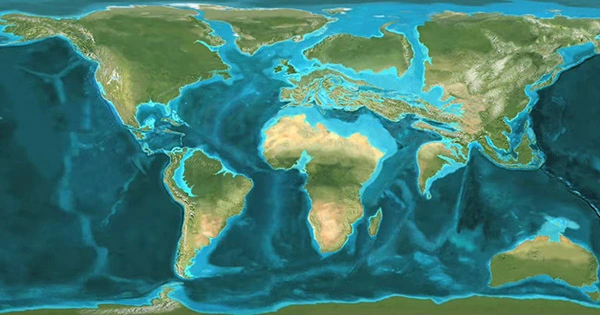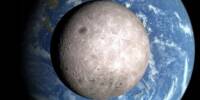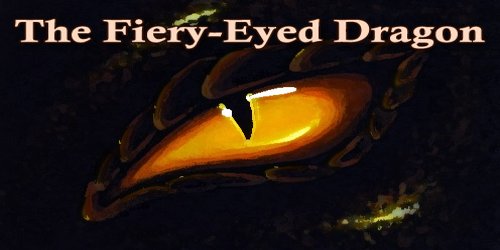Geologists estimate that a 5,000-kilometer (3,107-mile) long slice of land known as Argoland split off from Western Australia some 155 million years ago, but what happened to it after that was unknown – until now.
Because of plate tectonics, our planet’s continents can come together to form “supercontinents” and break apart to generate smaller continents over the course of millions of years. Geologists assumed Argoland was one of these microcontinents for a long time, but there was little evidence to determine where it went.
The structure of the seafloor in the Argo Abyssal Plain, the deep ocean basin left behind by Argoland’s break-off, shows that the continent moved northwest, most likely ending up somewhere in what is now Southeast Asia’s islands.

There is no enormous continent hiding beneath those islands – that would have made headlines – only small, continental bits, so Utrecht University researchers turned to Southeast Asian geology for clues as to Argoland’s fate.
They discovered that Argoland was never a single, coherent continent; it began splintering into fragments around 300 million years ago, forming what the researchers called an “Argopelago” using reconstructive models and fieldwork data from several islands, including Sumatra, Borneo, and the Andaman Islands.
“The situation in Southeast Asia is very different from that of Africa and South America, where a continent was neatly split in two.” “Argoland splintered into many different shards,” one of the study’s authors, Eldert Advokaat, noted in a statement. Those bits, which arrived around the same time, are now concealed beneath significant areas of Indonesia and Myanmar.
The researchers also discovered that Argoland’s fragmentation intensified around 215 million years ago, explaining why the “continent” became so fractured and making piecing all the parts together that much more difficult for the scientists. “We were dealing with information islands, which is why our research took so long.” “We spent seven years putting the puzzle together,” Advokaat explained.
It may have taken them a long time, but as fellow study author Douwe van Hinsbergen stated, it’s critical to understand how lost continents became lost in the first place. “These reconstructions are critical for our understanding of processes such as the evolution of biodiversity and climate, as well as the discovery of raw materials.” And, on a more fundamental level, for understanding how mountains originate or determining the driving forces behind plate tectonics; two closely connected processes.”
Argoland isn’t the only “lost” continent that has been discovered; Zealandia was discovered to be real, and the lost continent of Balkanatolia possessed a unique assortment of ancient animals.
















